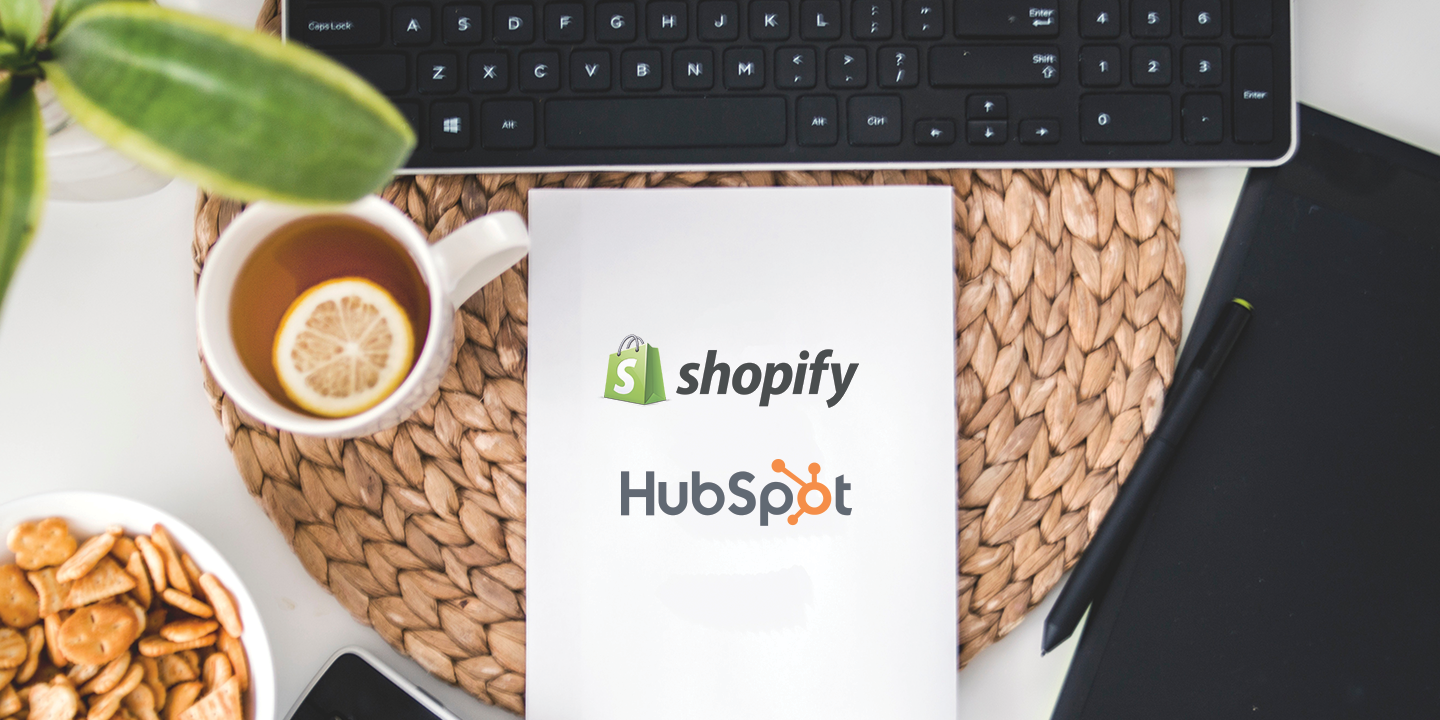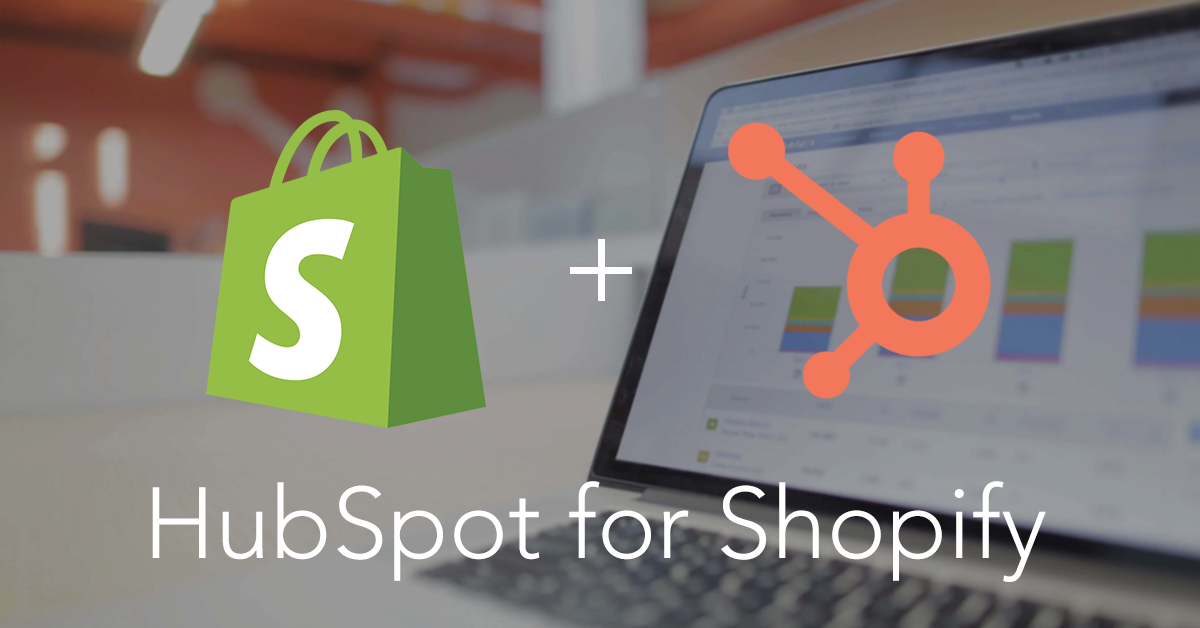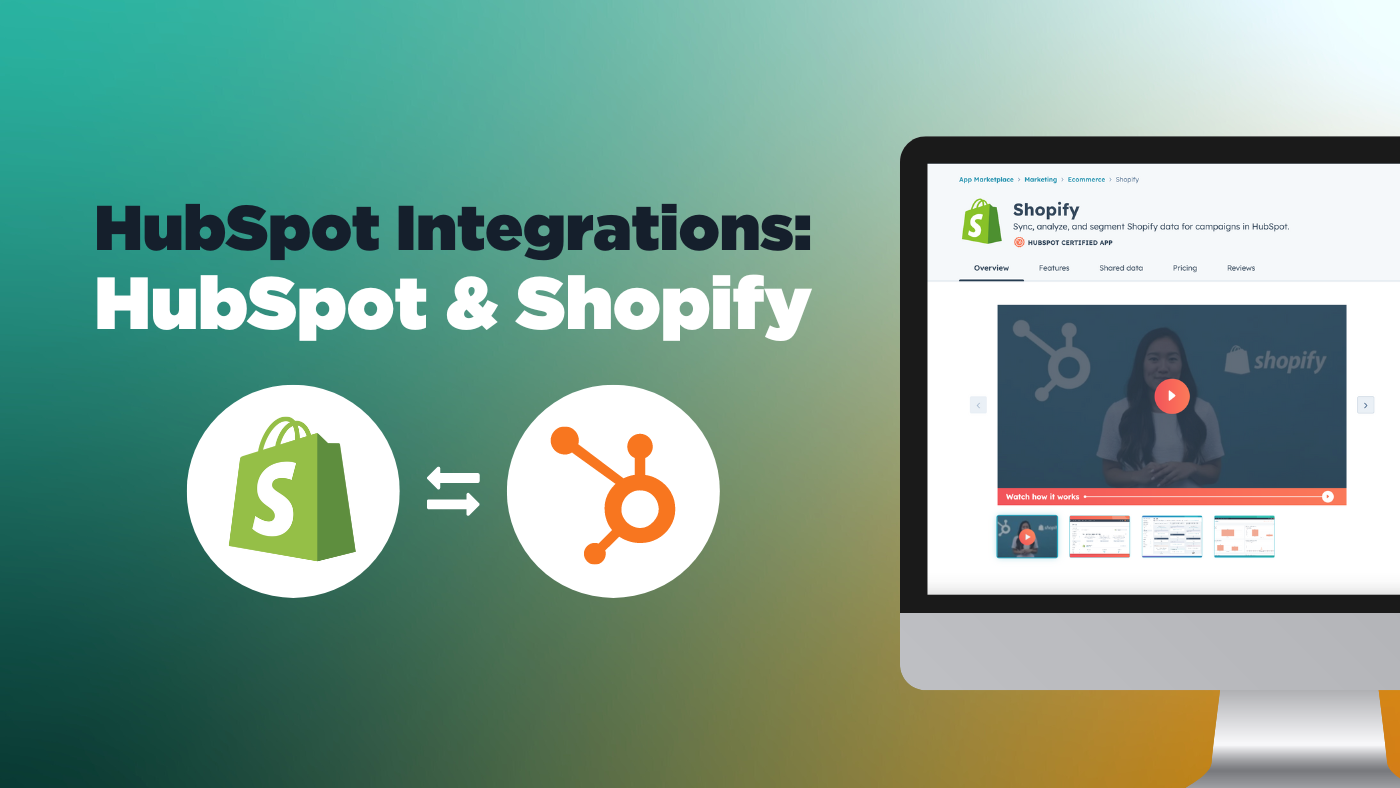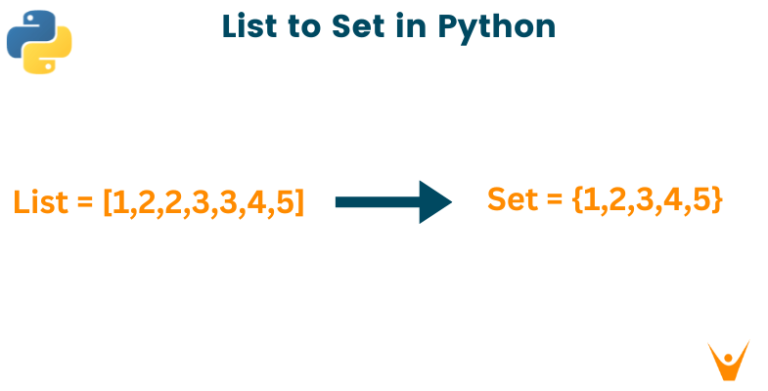HubSpot Shopify Integration: Streamline Your Ecommerce Workflow
In today’s competitive ecommerce landscape, streamlining operations and optimizing customer experiences are crucial for success. Enter HubSpot Shopify Integration, a powerful tool designed to bridge the gap between your online store and your marketing and sales efforts. This comprehensive guide delves into everything you need to know to leverage this integration and unlock its full potential for your business.
Benefits of HubSpot and Shopify Integration
Imagine having your online store and marketing & sales efforts playing in perfect harmony. That’s the magic of HubSpot Shopify integration! By seamlessly connecting these platforms, you unlock a powerful suite of benefits that can elevate your ecommerce business to new heights. Here’s how:
Centralized Customer Command Center:
No more scattered data! Consolidate customer information from your store into a unified platform within HubSpot. Gain a 360-degree view of your customer base, including their purchase history, website behavior, and contact details. This empowers you to personalize marketing campaigns, provide exceptional customer service, and identify high-value leads – all with a complete customer profile at your fingertips.
Automated Marketing Magic:
Ditch the repetitive tasks and focus on strategic growth. Set up automated email workflows triggered by customer behavior. Recover abandoned carts before they become lost sales, nurture new customers with personalized welcome sequences, and suggest relevant products based on browsing history. Automated marketing workflows keep your leads engaged and drive conversions on autopilot.
Boosting Sales Conversions:
Turn website visitors into loyal customers with greater efficiency. Identify high-value leads within HubSpot, track deal progress throughout the sales pipeline, and associate deals with specific products and orders. This holistic view empowers your sales team to close deals faster and improve conversion rates significantly.
Crafting Exceptional Customer Experiences:
Personalization is key to building lasting customer relationships. HubSpot Shopify integration allows you to deliver targeted email campaigns based on purchase history and preferences. Offer relevant product recommendations, and provide exceptional customer service – all informed by rich customer data. This personalized approach fosters customer loyalty and keeps them coming back for more.
Data-Driven Decision Making:
Gain invaluable insights from the combined power of sales, marketing, and customer data. Track campaign performance, analyze customer behavior patterns, and leverage these insights to optimize your entire ecommerce strategy. Data-driven decision making ensures your marketing efforts are targeted and your resources are invested wisely.
HubSpot Shopify integration is more than just a connection; it’s a strategic partnership that empowers you to streamline operations, personalize experiences, and ultimately, drive significant sales growth for your ecommerce business.
How HubSpot Shopify Integration Works
The integration acts as a bridge, allowing data to flow bi-directionally between HubSpot and Shopify. Here’s what gets synced:
- Customer Data (Contacts): Keep your contact information up-to-date. Sync names, email addresses, phone numbers, and other customer details to ensure effective communication and personalized marketing campaigns.
- Product Information: Ensure your product data is consistent across platforms. Synchronize product details, pricing, images, and inventory levels to maintain accuracy and avoid customer confusion.
- Orders and Abandoned Carts: Gain valuable insights into customer behavior. Track completed purchases, abandoned carts, and order details to understand customer buying patterns and identify potential roadblocks in the checkout process.
- Marketing Campaign Data: Measure the effectiveness of your marketing efforts. Track website traffic generated from marketing campaigns, analyze lead conversion rates, and optimize your campaigns for maximum ROI.
Setting up the integration is a breeze. Both HubSpot and Shopify offer user-friendly interfaces with clear instructions to guide you through the process.
Leveraging HubSpot Shopify Integration Features
Once integrated, unlock a treasure trove of features designed to streamline your workflow and boost your sales:
- HubSpot Ecommerce Dashboard: Gain a centralized view of key metrics like sales performance, website traffic, and abandoned cart rates. Use these insights to identify areas for improvement and make data-driven decisions.
- Automated Workflows: Set up powerful automated tasks triggered by customer behavior. Recover abandoned carts with personalized email sequences, nurture leads with targeted email campaigns, and recommend relevant products based on browsing history.
- Sales & Deal Management: Manage your sales pipeline within HubSpot. Track leads, qualify deals, and associate them with specific products and orders for a comprehensive sales overview. Close deals faster and improve your conversion rates.
- Marketing Automation: Craft targeted and personalized marketing campaigns. Segment your audience based on purchase history, demographics, and behavior. Deliver personalized email campaigns, create targeted landing pages, and track campaign performance for continuous improvement.
Advanced Techniques for HubSpot Shopify Integration
HubSpot Shopify integration offers a robust foundation, but for those seeking to push the boundaries and unlock even greater value, here are some advanced techniques to consider:
- Granular Data Mapping: Go beyond the basic data sync. Utilize custom data field mapping to ensure all the information crucial to your business flows seamlessly between platforms. This could involve syncing specific product attributes, loyalty program details, or custom customer data points – ensuring you have a comprehensive customer profile within HubSpot.
- Workflow Wizardry: HubSpot’s Workflows API opens a world of possibilities. Craft complex automation sequences tailored to your unique needs. Imagine automatically triggering personalized discount codes for abandoned carts based on product categories, or sending VIP customers exclusive early access notifications for new product launches. The possibilities are endless!
- App Integrations Symphony: Expand the functionality of your ecommerce ecosystem by integrating additional apps with HubSpot and Shopify. Enhance your marketing automation capabilities with a dedicated marketing automation platform. Improve customer service by integrating a live chat solution. Or connect with other business-critical tools like accounting software or inventory management systems. By creating a connected ecosystem, you can streamline workflows and maximize efficiency across your entire operation.
Best Practices for HubSpot Shopify Integration
HubSpot Shopify integration unlocks a powerful combination, but like any musical ensemble, it requires careful maintenance to perform at its best. Here are some best practices to ensure your integration operates smoothly and delivers lasting value:
- Data Harmony: Treat your data like a cherished instrument – keep it clean and well-maintained! Regularly clean and update customer information on both platforms to avoid inaccuracies. Dirty data can lead to misdirected marketing campaigns, frustrated customers, and ultimately, lost sales.
- Testing Before the Grand Performance: Don’t unleash untested workflows on your audience! Thoroughly test your automated workflows before deployment. Simulate different scenarios and ensure they function as intended. This proactive approach minimizes the risk of errors and ensures a smooth customer experience.
- Security that Strikes the Right Chord: Data security is paramount. Implement strong access controls on both HubSpot and Shopify to safeguard sensitive customer information. Follow recommended data protection best practices to minimize security risks and build trust with your customers.
- Continuous Optimization: The Never-ending Encore: The ecommerce landscape is a dynamic stage. Regularly review your integration strategy. Analyze data to identify areas for improvement. Don’t be afraid to refine your workflows based on new insights. This ongoing optimization ensures your integration keeps pace with your evolving business needs and continues to deliver maximum benefit.
By following these best practices, you can ensure your HubSpot Shopify integration operates seamlessly, empowers your marketing and sales efforts, and ultimately drives sustainable growth for your ecommerce business.
Conclusion
HubSpot Shopify integration offers a powerful score, but to truly harmonize your marketing and sales efforts, you need a skilled conductor. OnextDigital boasts a team of experts well-versed in both platforms, ready to help you craft a winning ecommerce strategy.
We provide a range of services designed to maximize the value of your HubSpot Shopify integration, including Web Development Service, Mobile App Development, UX/UI Design Service, White label software service, and CRM & auto marketing implement service. Contact us today and schedule a free consultation with our CRM and Marketing Automation experts. Let’s discuss how we can help you unlock the full potential of HubSpot Shopify integration and transform your ecommerce business into a success story.







